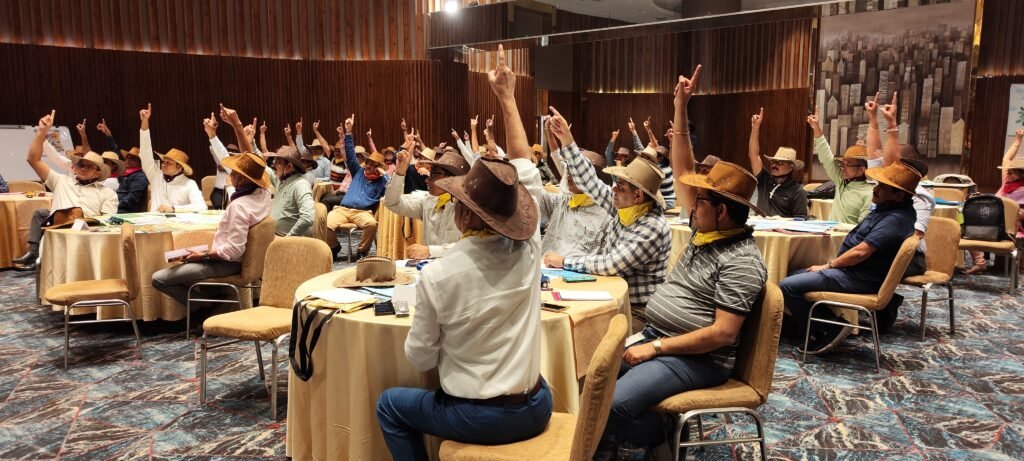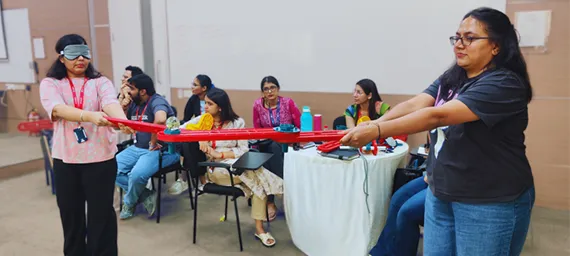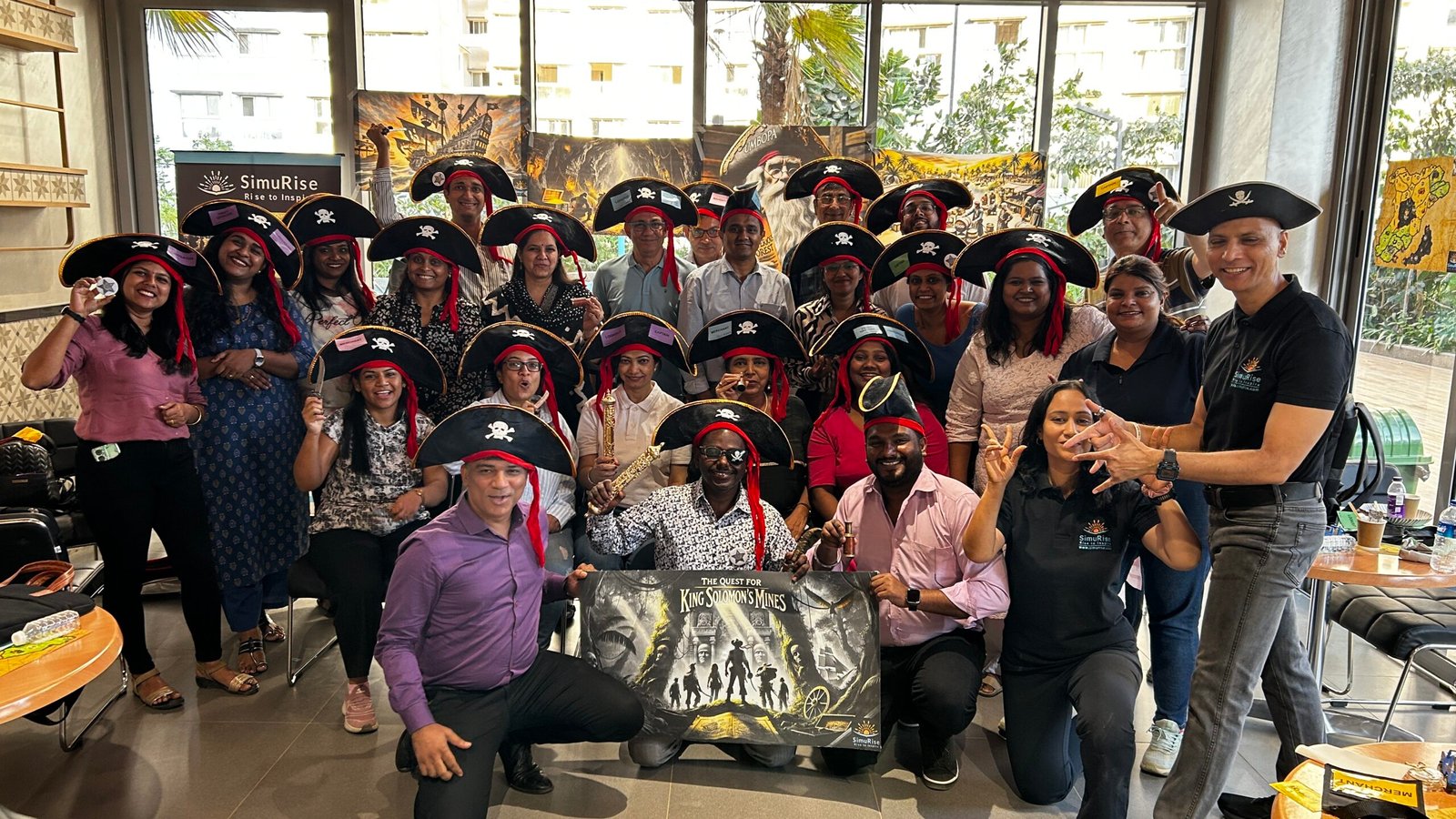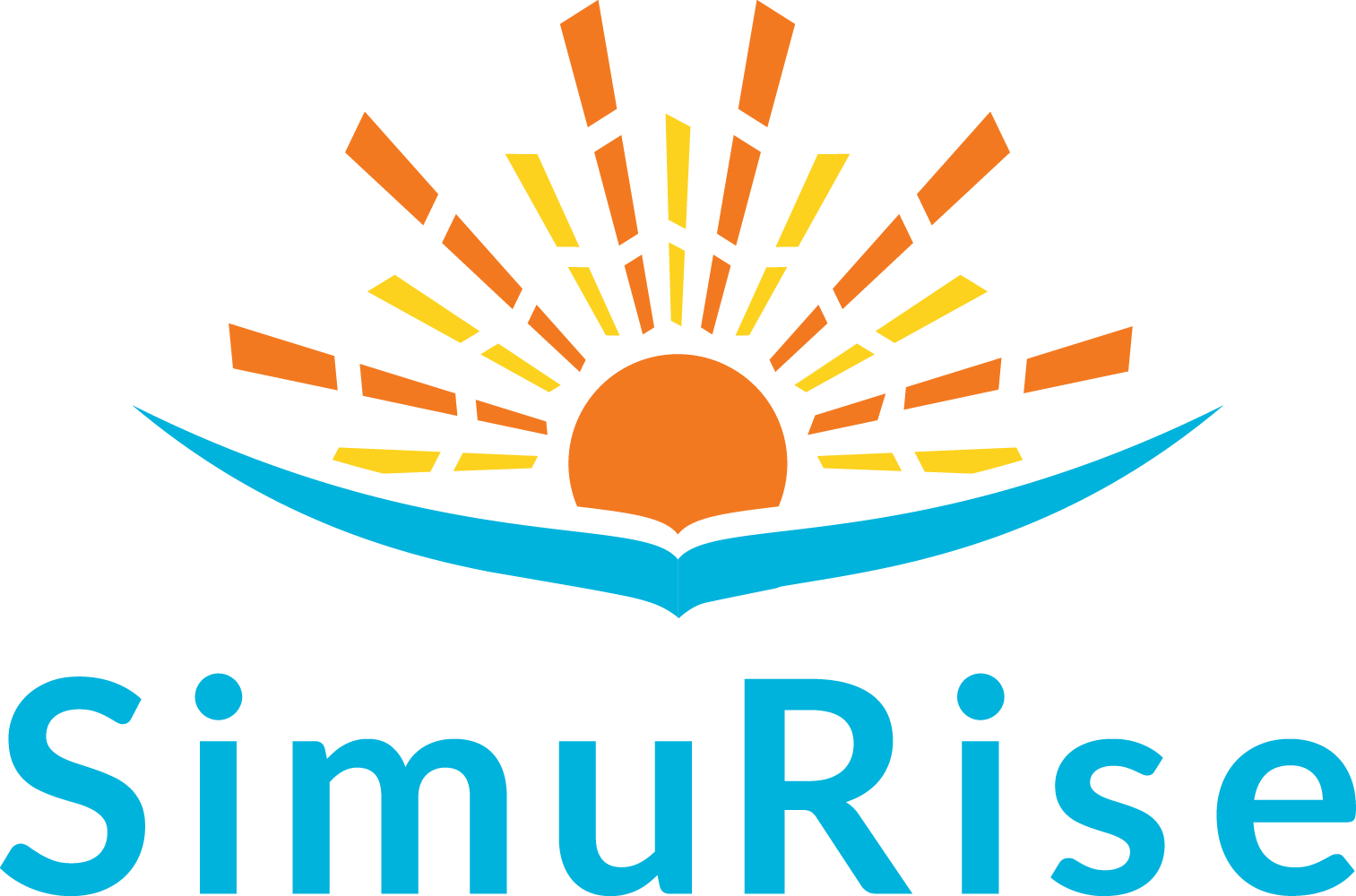learn by doing
Behavior surfaces, decisions matter, and change begins with our experiential learning theory
Let’s talkWhy Experiential Learning?
Experiential learning theory is a hands-on approach where people learn by doing, followed by structured reflection.
Instead of being told what works, participants actively engage in tasks, challenges, or decisions that mirror real-world situations.
At its core, experiential learning theory follows a simple yet powerful cycle:
Making learning deeper, more personal, and more memorable
Whether through simulations, role-play, or scenario-based challenges, experiential learning activates multiple dimensions of understanding:
- It tests real behavior under pressure
- Encourages reflection instead of just reaction
- And drives the application far beyond the session itself
It turns training into transformation by allowing people to live the lesson.
Why It Works Better Than Traditional Training
Traditional training tells you what to do.
Experiential learning theory lets you find out why it matters.
Most corporate training delivers content. But real behavior change doesn’t come from knowing—it comes from doing. That’s where experiential learning stands apart.
| Traditional Training | Experiential Learning |
|---|---|
| One-way delivery | Active, two-way engagement |
| Concepts explained in theory | Concepts applied through real scenarios |
| Focus on knowledge retention | Focus on behavior and mindset shift |
| Safe, controlled environments | Dynamic, unpredictable, and consequence-driven |
| Passive learning through lectures | Active learning through decision-making |
| Generic, one-size-fits-all | Contextual and tailored to business challenges |
| Short-term understanding | Long-term insight and practical application |
What It Looks Like in Action
Imagine a team dropped into a high-pressure simulation.
They’re short on time. Their resources are limited. Decisions need to be made fast. There are no slides. No “right answers.” Just real behaviours showing up in real time:
- Some take charge.
- Some hesitate.
- Some forget to communicate.
- Others try to fix everything alone.
Now pause. The team is asked to reflect
- What happened?
- What did we learn?
- What would we do differently next time?
This is experiential learning in action.
People live with the problem. They see the patterns.
They take ownership. Not just of outcomes, but of their habits and blind spots.
The learning is earned, not delivered. Which is why it stays with them long after the session ends.


The Science Behind It
Experiential learning theory isn’t just effective, it’s proven. The model is built on a 4-stage cycle of how people actually learn:
This is how people form new habits. Not by being told what’s right but by seeing what goes wrong, and discovering why.
It’s also how real behavior surfaces:
- When there’s pressure
- When the outcome is uncertain
- When the stakes feel real
That’s why business simulations, experiential learning, and game-based learning work so well.
They bring emotions, instincts, and decisions into the room, so learning becomes deeply personal.
Why Organizations Choose This Approach?
Information fades. But experience leaves a mark. Whether it’s building leadership, breaking silos, or improving collaboration, experiential learning creates the kind of clarity no manual or module can deliver.
Organizations that use experiential learning aren’t just training people. They’re shifting how people think, act, and work together. Here’s what makes this approach a clear choice:

